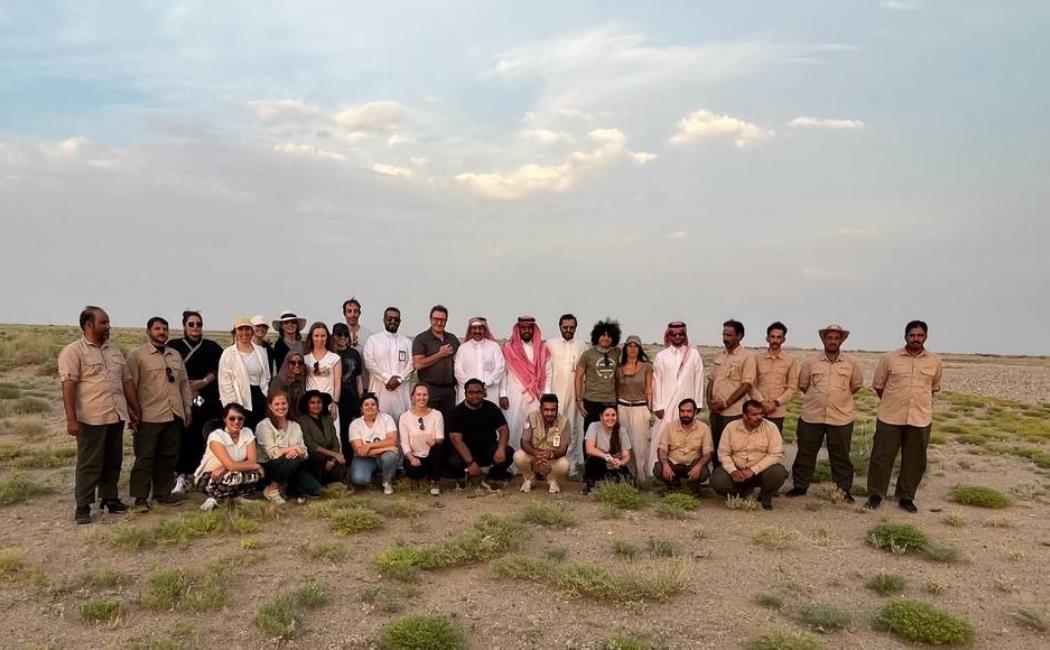
14 May, 2023
In a remarkable display of collaboration and cultural and scientific exchange, the TAJRC group embarked on a journey to the Prince Saud Al Faisal Wildlife Research Center and Imam Saud Bin Abdulaziz Wildlife Reserve in Taif, Saudi Arabia. This extraordinary visit provided a unique opportunity to explore the center's efforts in breeding, reintroducing, and rehabilitating endangered Saudi wildlife, as well as to witness the pristine natural beauty of the Imam Saud Bin Abdulaziz Wildlife Reserve.
Established in 1986, the Prince Saud Al Faisal Wildlife Research Center has been at the forefront of protecting and conserving endangered fauna in Saudi Arabia. The center's primary focus lies in the preservation of rare species such as the Arabian oryx and the critically endangered Arabian leopard. During their visit, the TAJRC group had the privilege of delving into the center's initiatives aimed at breeding, reintroducing, and rehabilitating these magnificent creatures.
Situated in the captivating landscapes of Taif, the Imam Saud Bin Abdulaziz Wildlife Reserve stands as one of Saudi Arabia's most significant natural reserves. The reserve is home to an array of rare plants and animals, and its pristine environment provides a sanctuary for various species. The TAJRC group was treated to a guided tour by knowledgeable representatives and rangers, who showcased the diverse wildlife and the conservation efforts undertaken within the reserve.
The focal point of the TAJRC group's visit was to gain firsthand insight into the comprehensive initiatives and programs implemented by the Prince Saud Al Faisal Wildlife Research Center and the Imam Saud Bin Abdulaziz Wildlife Reserve to protect, conserve, and rehabilitate endangered fauna. The group was warmly received by NCW representatives and rangers, who shared valuable information about the multi-decade programs that have contributed to the preservation of Saudi Arabia's precious wildlife.
On behalf of the TAJRC group, we extend our sincere gratitude to Dr. Mohammad Qurban, Omar Abunayan, Prof. Mohammed Shobrak, and all individuals involved in organizing and facilitating our visit. Their dedication and efforts ensured a remarkable experience that allowed us to witness the remarkable results achieved through the long-standing conservation programs. The warmth and hospitality extended to our group throughout the visit were truly appreciated.